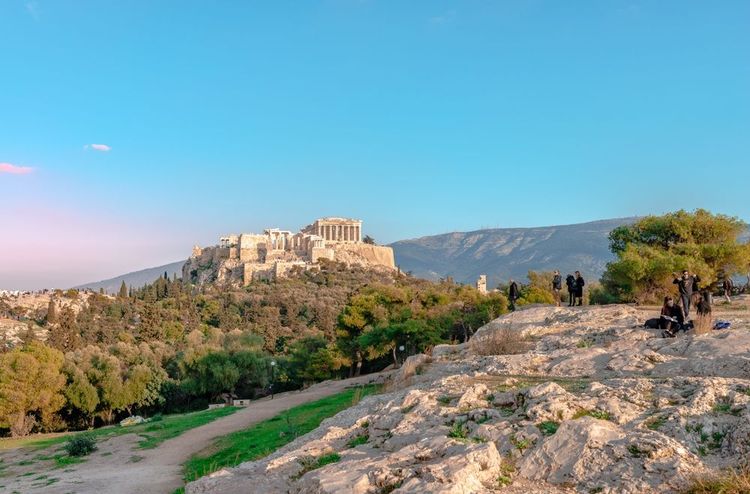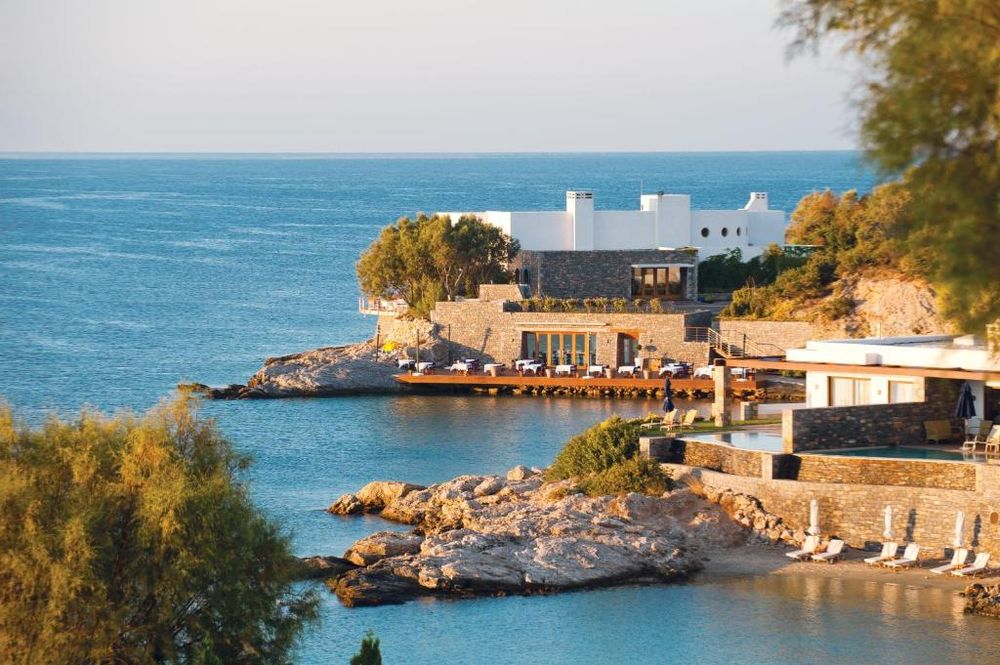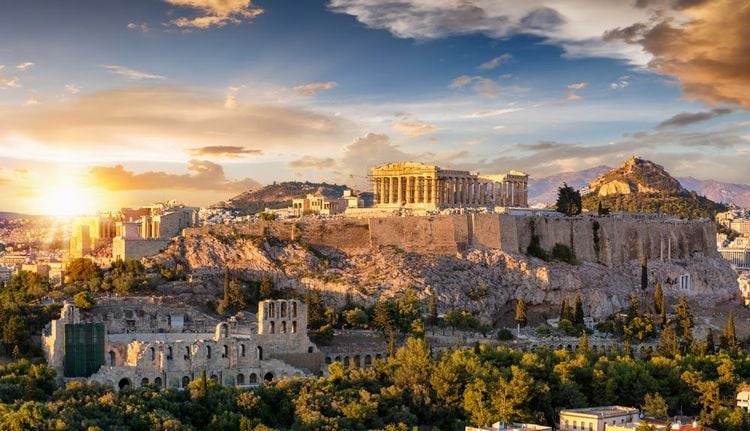A Cretaceous limestone hill in the heart of Athens, Mount Lycabettus stands at 277 metres above sea level. It happens to be the highest point in central Athens, although it is often ignored by visitors in favour of the Acropolis, which it overlooks. The Mount’s name probably stems from the wolves that populated the area in ancient times, seeing as lykos (λύκος) means wolf in Greek.
In Greek mythology, the hill appeared after the goddess Athena dropped a rock from Mount Peletis she had been carrying to build the Acropolis. After a raven bought her some bad news, she accidentally dropped the rock and it became the Mount we know today. It is a beautiful hilltop covered in some stunning local fauna and flora and the view at the top alone is enough to make you want to reach the summit. To find out more information about visiting Mount Lycabettus, head to their official website.








